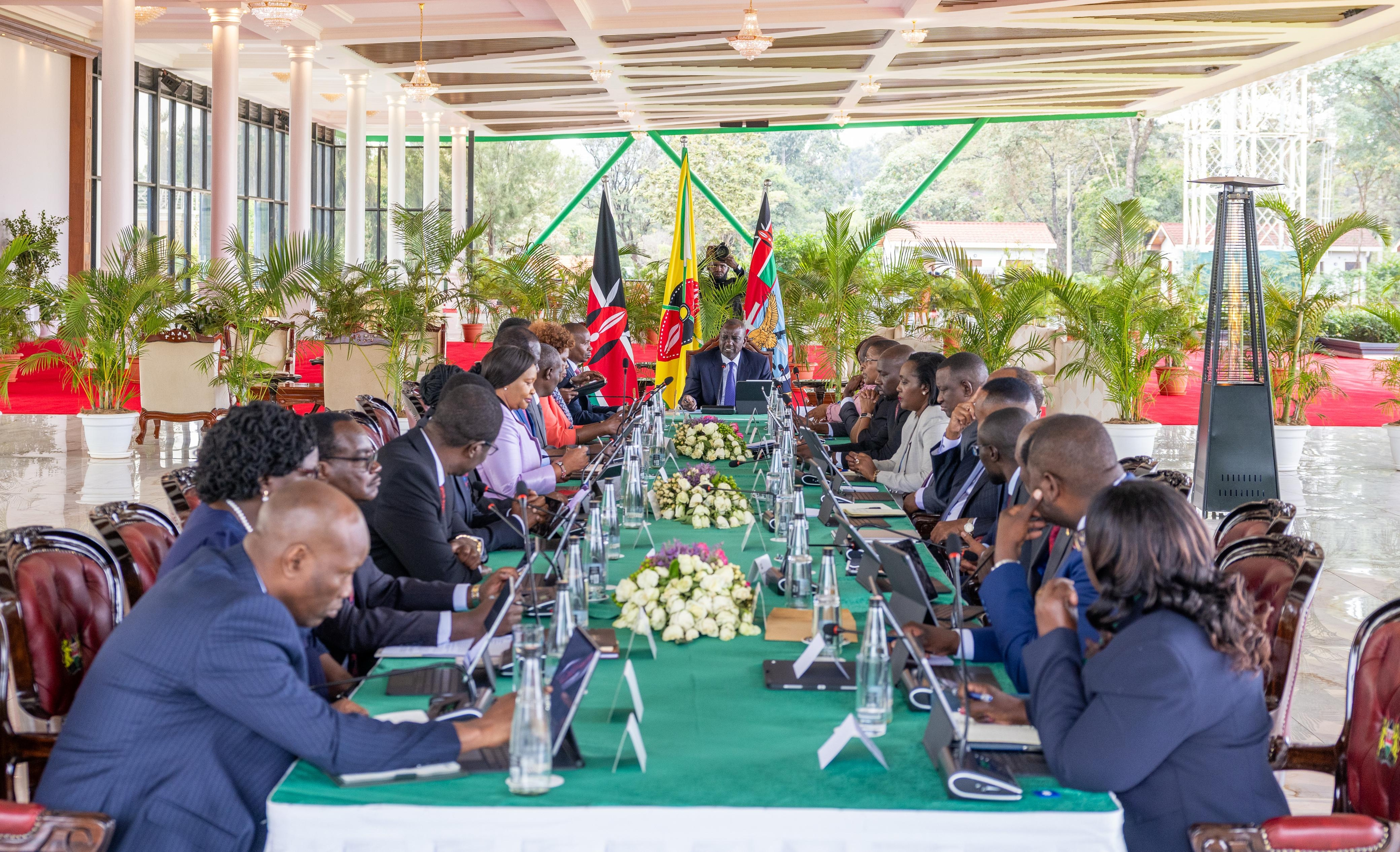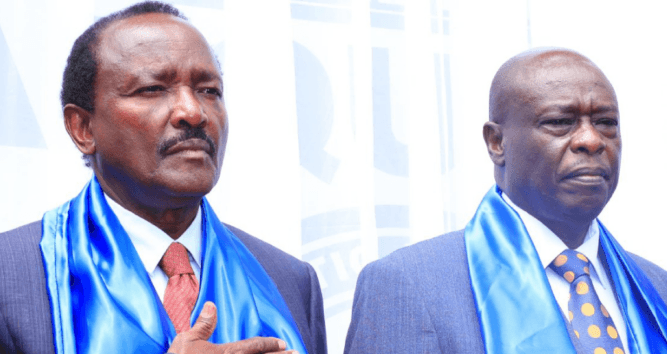Since independence, Kenya’s cotton-textile-apparel industry has gone through major phases.
Notably, the textile industry in Kenya is relatively diverse.
It can be divided into four broad categories, namely cotton growing and ginning, yarn and thread production, fabric manufacture and apparel manufacture.
Recently, the government and the private sector have been showing considerable interest in the last two or three years in bringing to life the industry.
The textile and apparel industry can move an economy into middle-income status by providing gainful opportunities to Kenyans.
The motivation for this has partly been attributed to the realisation that the cotton-textile industry offers unique opportunities such as increased employment, poverty reduction, rural development and increased incomes in arid and semi-arid lands.
According to the Kenya Association of Manufacturers, the textile and apparel industry in Kenya has total employment of around 38,000 workers.
Kenya, like other developing countries in the world, can use its textile and apparel industry to move its economy ahead.
It has altogether not been possible given the plague and influx of secondhand clothing and other related factors.
This market commonly known as mitumba has created employment for some while stagnating the domestic textile and apparel industry in Kenya.
Second-hand clothing is a common feature of the textiles and apparel industry in most developing countries like Kenya and is often a main source of clothing for the population.
Currently, Kenya imports over 100,000 tonnes of second-hand clothes, shoes and accessories every year.
In addition, according to a report titled The State of Second-Hand Clothes and Footwear Trade in Kenya, published on March 4, 2021, by the Institute of Economic Affairs, Kenyans spent Sh197.5 billion in 2019 on clothes and footwear.
The above findings underline the fact that Kenyans mainly go for mitumba because of their superior quality.
Poor policies have made domestically produced clothing unaffordable to them because of the collapse of the textile industry in our country.
Currently, Kenya’s textile and apparel industry still earns seven per cent of the country’s total export earnings and holds a great potential to be bigger, according to the report from HIVOS.
The industry still faces a lack of local upstream industry.
Apparel manufacturers in Kenya normally import fabrics and raw materials before manufacturing garments.
Going forward, the government should aggressively step-up efforts to revive the once-lucrative sector in our economy.
The government should also be keen on engaging the Export Processing Zones Authority so that textile firms located in Kenya source their raw materials locally.
Lastly, Kenyans need to protect local brands.
There is a need to revive our manufacturing industries as we also have products that give out raw materials.
Student at Rongo University
Edited by Kiilu Damaris
“WATCH: The latest videos from the Star”










![[PHOTOS] Ruto present as NIS boss Noordin Haji's son weds](/_next/image?url=https%3A%2F%2Fcdn.radioafrica.digital%2Fimage%2F2025%2F11%2Ff8833a6a-7b6b-4e15-b378-8624f16917f0.jpg&w=3840&q=100)

